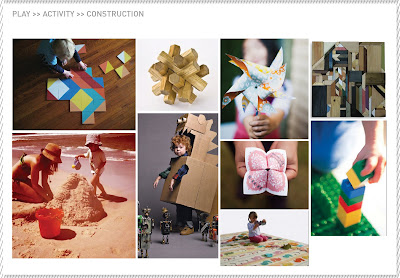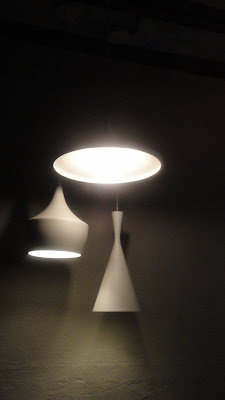I categorized my research into three main categories determined by the aesthetics or form of the pieces of lighting. These being:
- Rustic : having an old classical or traditional style (ornate and embellished
- Contemporary : one with a less decorative more minimal style (clean, simple, pure forms and structures)
- Avant Garde : Experimental with a surface level quirk in some (having graphical elements relating to the 1950-60's; pop arty)
Rustic was a style most common to the stores that catered to a high profile clientele. These stores claimed to offer products and services that displayed luxurious comfort and elegance.
The stores that stock such lights are:
OMA decor, Raghuvanshi Mills, Lower Parel
Shimera Project Light, Raghuvanshi Mills, Lower Parel
Good Earth, Lower Parel
Muslin, Lower Parel
Abaca, Lower Parel
Bungalow 8, Colaba
Mosaic, Turner Road, Bandra West
Kapoor Light. Life. Style, Bandra West






The Contemporary style was rare in terms of the shops that displayed such products and the number of pieces stocked; only a handful. They were always tucked away in some corner of the store or were found in some other shady floor of the building that a salesman would guide you to. Most of them are imported or belong to international brands (Artemide being the most prominent) and are mainly used by advertising agencies or in bollywood sets. One of the store owners, that stocked such pieces, looking at my attire assumed I was from an advertising agency and had come to fetch some lights.
The main stores stocking such lights are:
Shimera Project Light, Raghuvanshi Mills, Lower Parel
BoConcept, Palladium
Light Options, Lower Parel
Kapoor Light. Life. Style, Bandra West
Avant Garde as a style was a fusion of bold graphics, jugaad, unconventional forms, recycled material and art. These were found in shops that claimed themselves as quirky or out of the box. Most of the client at these stores were college students, young professionals or the "artsy" kinds, basically the ones who have the flair for such products. Surprisinglymost of these were in the range of Rs 1200-40,000!
The stores that specialize in these category of products are:
Le Mill, Wadi Bunder
Loose Ends, Bandra West
Play Clan, Bandra West
Bliss Store, (Happily Unmarried) Versova
Tappu Ki Dukan, Fort
Attic (Quirkbox), Colaba


I guess this did help me understand the kind of audience I would be targeting, their sensibilities and the gamut of possibilities for interactive lighting products.
Apologies for the bad pictures in some cases, they were clicked discreetly and in much hurry (not to perturb the owner).














.aspx)












































